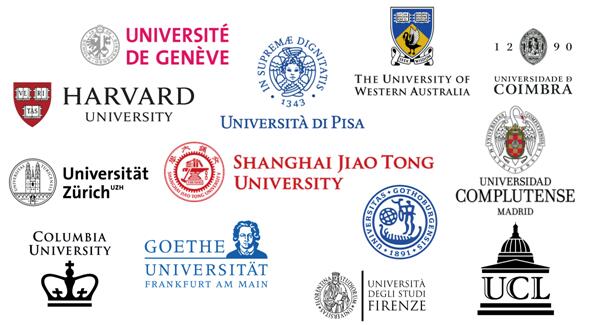The Ninth Hospital has taken the lead in formulating the world's first consensus on core indicators for clinical evaluation of dental implants, which has been officially published in clinical practice
The International Dental Implant Consensus Report, jointly written by the Ninth People's Hospital affiliated with Shanghai Jiao Tong University School of Medicine and renowned universities in the field of dentistry such as Harvard University, University of Zurich, University of Gothenburg, Columbia University, and University of Frankfurt, has recently been jointly published in top journals in the field of dentistry, including Clinical Periodontology and Clinical Dental Implant Research. This consensus has for the first time established an internationally unified core set of indicators for evaluating the clinical effectiveness of dental implants, covering the five key areas of the field of dental implants. It is of milestone significance for carrying out standardized clinical diagnosis, treatment, and research on dental implants. The core evaluation indicators determined by this consensus will become an important benchmark for scholars in the field of dental implants worldwide to conduct high-quality research.
The consensus was jointly written by the ID-COSM Scientific Committee, consisting of 8 top international experts in the field of dental implants. The members of the committee are all editors in chief and deputy editors of well-known magazines, as well as academic leaders from well-known universities. Professor Tonette Maricio from the Department of Dental Implantation at Shanghai Ninth People's Hospital serves as the chairman of the committee, and Professor Lai Hongchang from the Ninth Hospital serves as a member.
The development of this consensus took two years, including various research stages such as literature review, Delphi research, and expert meetings. Unlike previous consensus development, this consensus has invited multiple parties including clinical research specialists, research methodology experts, and company representatives to facilitate more comprehensive and effective consensus results. In addition, this consensus innovatively invited patients from different countries around the world to obtain their views on clinical efficacy evaluation through focus group interviews, providing a more authentic and comprehensive perspective for the consensus results.
In the consensus special issue, in addition to the consensus report, a total of 7 research results were simultaneously published, including a systematic review report on the consensus development process, patient interview reports, and Delphi survey reports involving multiple personnel. Lai Hongchang introduced that after the consensus was published, the editors in chief of two journals published comments and suggested that the diagnosis, treatment, and research of oral implants should refer to the core set of clinical efficacy evaluation indicators established in this consensus in the future. In addition, several top international journals have also responded positively to this.

The formulation of clinical decisions and the implementation of treatment standards largely depend on evidence-based guidelines for high-quality clinical research. In recent years, oral implantology has developed rapidly, but its clinical efficacy evaluation indicators are inconsistent, and treatment outcomes are difficult to determine, greatly limiting the formulation of clinical decisions and the improvement of diagnosis and treatment levels. In fact, the current dental implant industry is becoming increasingly prosperous, and the number of practitioners is increasing day by day. However, the level of diagnosis and treatment is uneven, and there is a lack of standardized diagnosis and treatment; In addition, despite the impressive number of studies published in the field of dental implantation, there is a waste of academic resources and a lack of high-quality research due to inconsistent and incomplete reporting outcome indicators.
Lai Hongchang stated that the publication of this consensus is based on scientific construction in the field of oral implantation, standardizing the evaluation of clinical effects of oral implantation, comprehensively improving academic governance level, standardizing clinical diagnosis and treatment decisions of oral implantation, which will play an important role in promoting the high-quality development of the oral implantation industry and also reflect the international academic discourse power of Chinese scholars in building the disciplinary system of oral implantation.



